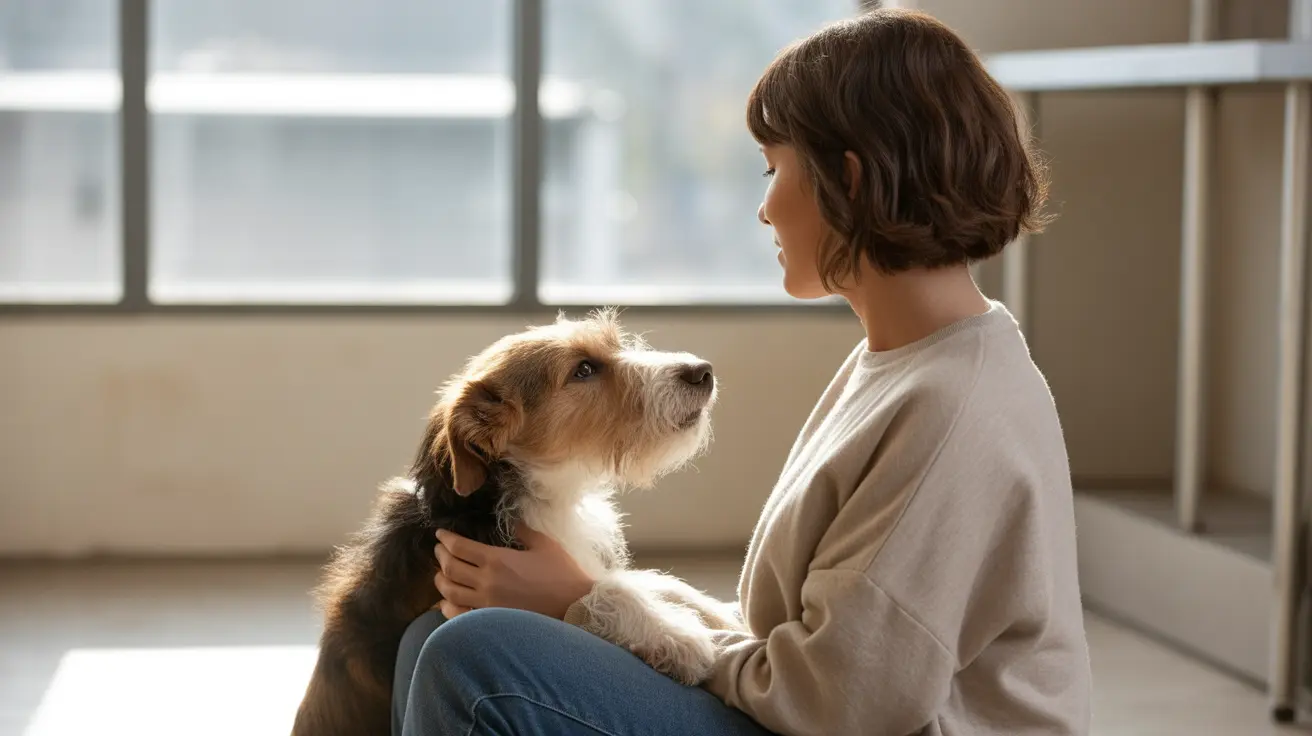What Not to Do with Dog Separation Anxiety
Separation anxiety in dogs is a challenging but manageable condition. It occurs when a dog becomes extremely anxious or stressed upon being left alone. Understanding what actions to avoid is just as important as knowing the steps needed to help your dog cope. By steering clear of certain behaviors, pet owners can significantly reduce their dog's anxiety and facilitate successful treatment.
1. Do Not Punish Anxiety-Driven Behavior
Punishing a dog for behaviors like barking, chewing, or soiling indoors when left alone is counterproductive. These actions are not signs of disobedience but distress signals linked to anxiety.
- Never scold or use physical correction when anxious behavior occurs.
- Punishment increases fear and confusion, potentially worsening the anxiety over time.
- Focus on positive reinforcement, rewarding calm behaviors and gradual improvements.
2. Do Not Leave the Dog Alone Beyond Their Prepared Threshold
Gradual desensitization is key to treatment. Exceeding a dog's stress threshold during this process can lead to setbacks.
- Monitor your dog’s behavior carefully using cameras if necessary to identify distress signs.
- Progress should be slow and measured, sometimes in increments of seconds.
- Arrange for supervision (sitters, daycare) if necessary during the training process to avoid regression.
3. Do Not Ignore Subtle or Atypical Signs
Not all dogs display dramatic symptoms; some may appear simply depressed or overly clingy. Recognizing these signs is essential.
- Look for behaviors like drooling, pacing, or trembling which may suggest underlying anxiety.
- Use video monitoring to understand behavior in your absence, especially for quiet or passive dogs.
4. Do Not Make Departures Dramatic
High-emotion goodbyes can heighten anxiety. Keeping exits and returns low-key helps signal that departures are nothing to fear.
- Avoid prolonged or theatrical goodbyes.
- Use calm tones and neutral body language.
5. Do Not Ignore Routine and Structure
Inconsistent schedules or sudden changes contribute to separation anxiety.
- Keep feeding, walking, and play routines steady.
- Gradually introduce changes to environment or schedule to minimize stress.
6. Do Not Overlook Medical Issues
Medical problems can mimic or contribute to anxiety symptoms like indoor soiling.
- Rule out issues like urinary tract infections or side effects from medications before beginning training.
7. Do Not Force Crate Confinement
While some dogs find crates comforting, for others they intensify anxiety.
- Assess your dog’s reaction; if the crate causes extreme panic, use alternatives like puppy pens or dog-safe rooms.
8. Do Not Rely Solely on Food Distractions
Food toys may help mild cases, but for dogs with severe anxiety, they might not eat when anxious and may even associate the toy with distress.
- Monitor eating behavior; if toys are ignored, adjust the plan.
9. Do Not Use Inconsistent Training Methods
Training should be systematic, predictable, and adapted to your dog’s specific progress.
- Change one variable at a time, and avoid jumping ahead in time or distance without success at current levels.
10. Do Not Delay Professional Help
If progress is stagnant or the dog’s health is at risk, consult professionals.
- Certified trainers or veterinary behaviorists can create customized plans and suggest medication when appropriate.
Supporting Your Dog Doesn’t Mean Coddling
Helping your dog through separation anxiety involves patience, structure, and understanding—not indulgence or tough love. Avoiding these common missteps lays the foundation for effective treatment and a happier, more confident dog.
In summary:
- Avoid punishment and fear-based methods.
- Stick to your dog’s safe tolerance levels.
- Seek expert help at the right time.
- Create calm, predictable environments and routines.
By focusing on what not to do, you enhance your ability to support your dog through one of the most common but treatable behavioral challenges they may face.





